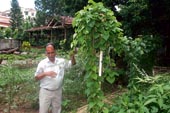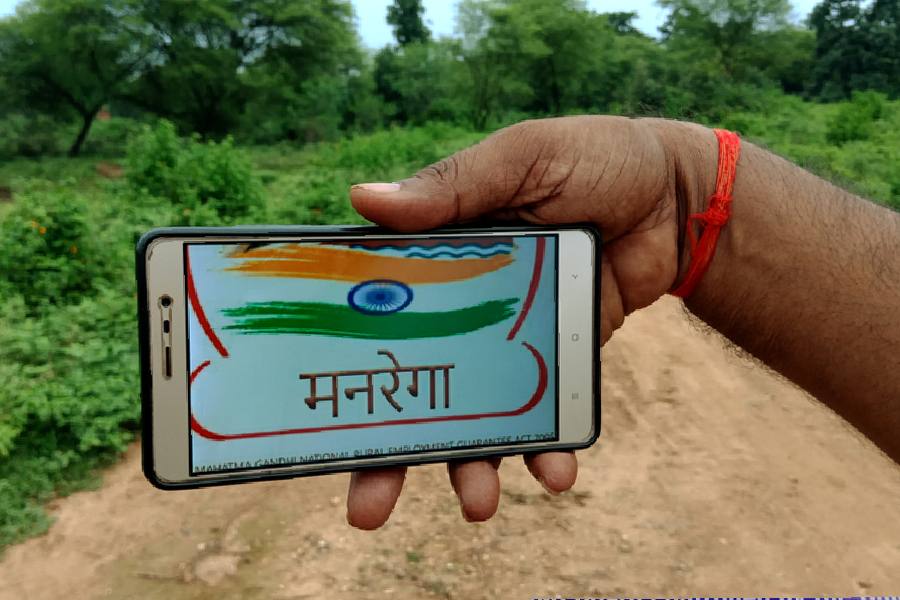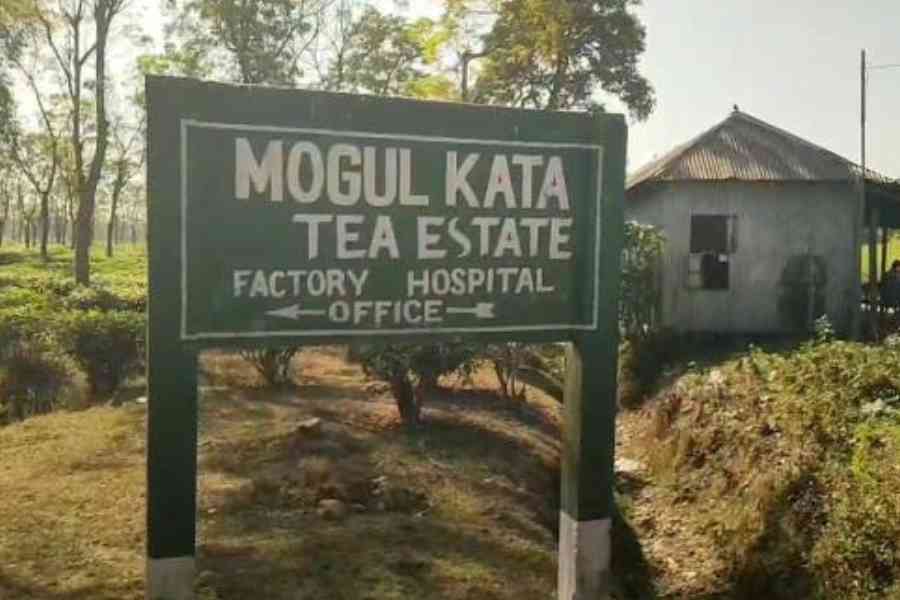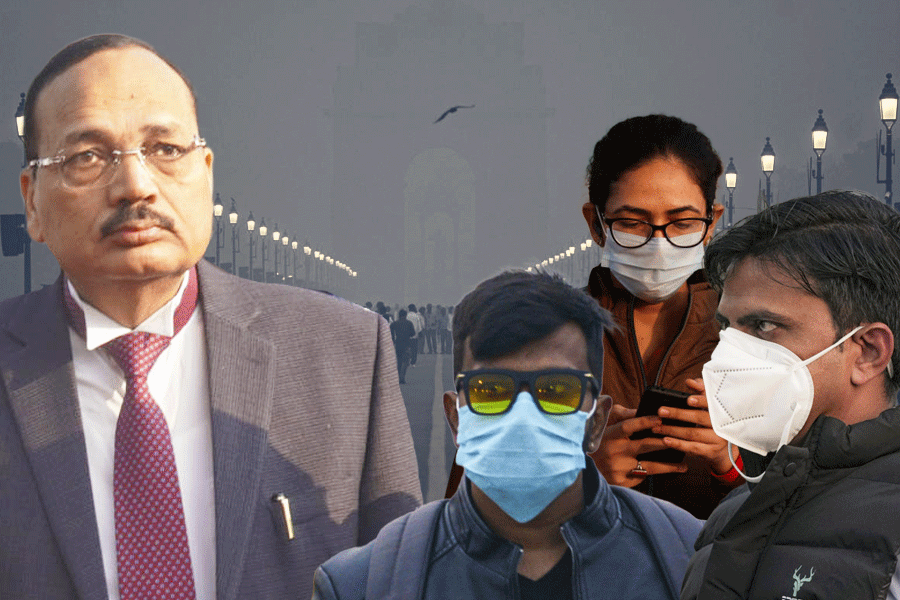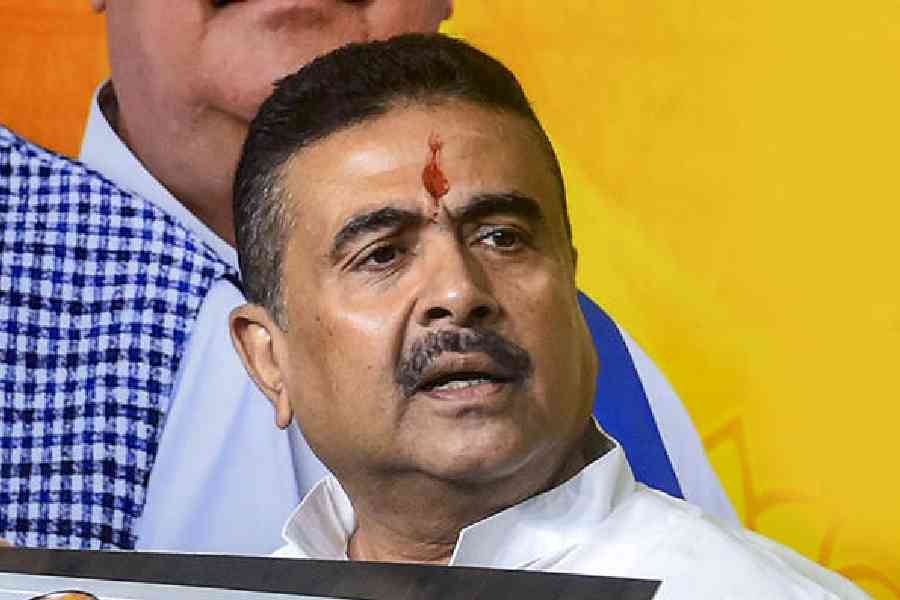 |
 |
| Green thoughts: Pictures by Manik Bose |
It was two in the afternoon when I set out to meet Suresh Agarwallah, a doctor for whom his profession had been his mission. From my office it’s a short walk to his residence at the corner near Lalpur Chowk.
And fifteen minutes later I am in the laboratory of Agarwallah, comfortably settled and sipping coffee. The window beside where we sat overlooked a well spread out garden, which looked beautiful and green as it drizzled softly. Just the perfect atmosphere to understand the feelings of someone who gives, receives and believes in nature and its wonders.
I begin my conversation with the surgeon turned ayurveda practitioner by asking him about his early years. “I was born and brought up in Jharia, a small town near Dhanbad,” he began, adding that he grew up in a large family, comprising of at least 25-30 members.
“This gave me an opportunity to closely watch the problems one faces in one’s daily life. Among these, healthcare formed a major part of one’s problems. We often had someone or the other suffering from fever, cough or cold; or some minor fracture. Tackling these problems in a remote area, where few medical facilities were available, was a challenge. All this made me feel there should be a medical expert in the family to deal with such problems. It was then I decided to break the trend and become a doctor,” explained Agarwallah, who belongs to a traditional marwari family, where business was the traditional occupation.
In pursuit of his dreams, he came to Ranchi to study medicine and things went fine till 1977, the year he graduated with an MBBS degree from Rajendra Medical College and Hospital (RMCH), Ranchi.
“It was during this time during a visit to a city book fair, I came across the book Glossary of Medicinal Plants by R.N Chopra. The book had a data of 3,000 traditional plants used for curing various diseases. It had a tremendous impact on me and I made up my mind to research on medicinal herbs,” he said.
I was curious to know if he, who did a two-year internship at the Neelratan Sarkar Medical College in Calcutta after completing his MS, found his vocation in ayurveda. At this he paused to smile, perhaps remembering those early years.
“One can say that. In 1986 one of my hands was affected by a minor degree of leprosy. I decided to make myself the guinea pig. Chiranjivi Banoshdhi by Malay Sinha, a book gifted by a friend in Calcutta, was my Bible this time. The results of my experiments surpassed English medicines, leaving me not only healthy but with a firm conviction that mother nature had remedies for every sickness.”
For a doctor who had lived both lives, a practitioner of allopathy and now a believer in ayurveda, the difference is clear. “Allopathy allows unnecessary surgeries, and too many drugs which may deal with the pain, but not the disease. In ayurveda, it is the opposite,” he said, explaining these were some of the reasons that inspired him to take to the ancient science.
As we walked through his herbal garden, I was amazed to see at least 60 species of known medicinal plants in an area of six kathas. There was amrita bel— an appetite enhancer, saram lutur— a local herb used for curing bronchial asthma and allergy, Kalmeg— used for curing malaria and acidity and bhui awla— used for jaundice and skin ailments. To my question if he had ever considered building an ayurvedic hospital, he had an interesting story.
“After leaving RMCH in 1991, I was inspired by the idea of building such a hospital. A huge plot near Ormanjhi was purchased and work was started. However, due to fund constraints, the work had to be stopped. But my keenness was so intense, I decided to market a drug in order to raise funds. I made a herbal drug named immutone— a formulation to improve body immune system and gave it to a Noida-based company for its marketing. In just three months, it became successful, but the company became greedy and started selling duplicate drugs. I stopped its marketing and with it died the idea of my hospital,” he recalled.
As I moved around his kitchen workshop, I found around eight people busy crushing leaves, sieving plant oils and packaging.
The doctor sensing my inquisitiveness remarked that he procured all the herbs from jungles situated on the outskirts of the city.
These are sold at nominal rates to patients through the Amrita Nagric Swastha Manch, a charitable body he heads. When asked how effective were his medicines in comparison to those patented by big companies, Agarwallah said the main difference between the two was in their level of freshness. “While the material for company made medicines are purchased in bulk, we make it from freshly plucked herbs, ” he explained.
Agarwallah has recently been entrusted with the task of writing a training module for the tribal women of the state by Accredited Social Health Association, guiding them to become economically independent and learning the process of herbal medicines.
“In 1999, I had launched a mission to make Ranchi a herbal city. My aim had been to educate every family of the city about at least 11 herbal plants, out of which they must know the uses of minimum two. This I had been doing through distribution of booklets which had reached 30,000 families till date,” he said.
“In comparing with colleagues, I have that feeling I could have earned more but my conscious says I am doing a service, and that satisfied me,” he said to my question if he was not attracted by money.

